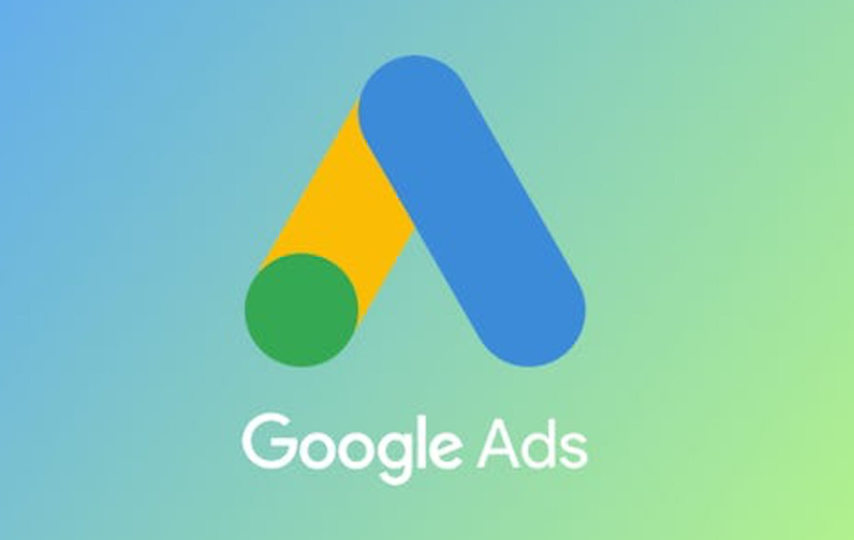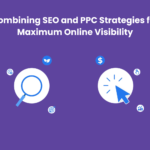Looking for a way to plan your Google Ads advertising campaign? Want to learn how to use the Performance Planner?
This article is made for you in this case!
Google is launching many tools, each more practical and useful than the next, with the aim of simplifying the lives of its users. The group also develops many tools for professionals who operate Google Ads, such as the performance planner.
In this article, we will discover together:
- What is the Performance Planner?
- How is it used?
- What are the strengths and weaknesses?
Let’s not wait any longer to learn all the useful tips about this indispensable tool for Google Ads.
What is the Google Ads Performance Planner?
Summary
- What is the Google Ads Performance Planner?
- What is the performance planner used for?
- What are the requirements to use the Performance Planner for Google Ads?
- How do I use the Google Ads Performance Planner?
- What are the pros and cons of the Google Ads Performance Planner?
- Benefits
- Inconvenience
- Tip to increase the efficiency of Google’s performance planner
- Start using the Google Ads Performance Planner
A Google Ads Performance Planner is an advertising planning tool offered by Google for advertisers who wish to launch advertising campaigns on its network. This tool allows advertisers to research relevant keywords, get traffic forecasts, cost estimates and targeting ideas for their ad campaigns.
The Google Ads Performance Planner can be used to plan ad campaigns for different types of ads, such as:
- Text ads
- Image Ads
- Video ads
- Shopping Ads
It can also be used to target different geographical locations, specific time periods, devices, and languages.
By using the Google Ads Performance Planner, advertisers can discover new keywords relevant to their business. It also allows you to estimate the potential traffic generated by these keywords and develop bidding strategies to maximize their return on advertising investment.
It is a valuable tool for advertisers to develop effective advertising plans on Google Ads.
What is the performance planner used for?
The Google Ads Performance Planner is a very useful tool for advertisers who want to plan effective advertising campaigns on Google Ads. Here are some of the main uses of the performance planner:
- Search for relevant keywords: The performance planner allows advertisers to search for keywords relevant to their business. It offers keyword suggestions based on search terms related to their business.
- Traffic and cost estimate: The performance planner provides an estimate of the potential traffic generated by the selected keywords, as well as an estimate of the costs associated with these keywords.
- Building Bidding Strategies: The Performance Planner helps advertisers build bidding strategies to maximize their return on ad spend. They can use traffic forecasts and cost estimates to adjust their bids based on expected performance.
- Geographic and time period targeting: The Performance Planner allows advertisers to target specific geographic locations and set time periods for their ads to run.
- Targeting Ideas: The Performance Planner offers targeting ideas to help advertisers reach their target audience more effectively.
What are the requirements to use the Performance Planner for Google Ads?
To use the Performance Planner for Google Ads, you must have an active and configured Google Ads account. You also need to have a campaign budget and a set of keywords for which you want to get performance estimates.
Additionally, you must be logged into your Google Ads account to access the Performance Planner. If you don’t already have a Google Ads account, you can create one for free by following the instructions on the Google Ads home page.
It’s also important to note that to get accurate performance estimates from the Performance Planner, you need to provide accurate information about your location targeting, bids, and budget.
The more accurate the information you provide, the more reliable the performance estimates you receive.
Finally, the Performance Planner for Google Ads is a free tool, but you need to have basic knowledge of online advertising and Google Ads to use it effectively.
How do I use the Google Ads Performance Planner?
The Performance Planner uses bid history and keyword performance data to provide performance forecasts. It takes into account various factors, such as:
- Geographic targeting
- The time of day
- The user’s device
- The type of advertising campaign
- The budget and the bid
Its use is very simple, here are the steps to use the Google Ads performance planner:
- Log in to: First, log in to your Google Ads account.
- Access the Performance Planner: Click the tools icon at the top right of the screen, then select “Performance Planner” from the menu.
- Enter information: In the performance planner, you can enter the following information:
-
- The keywords for which you want to get traffic forecasts and cost estimates.
- The geographic location for which you want to get traffic forecasts.
- The period for which you want to get traffic forecasts.
- The budget you want to devote to your advertising campaign.
- Show traffic forecasts and cost estimates: The performance planner will show traffic forecasts and cost estimates for the selected keywords based on the geographic location and time period chosen.
- Refine results: You can refine results by adjusting targeting parameters such as age, gender, interests, geographic locations and devices.
- Save Results: You can save your search results to a custom report that you can use to build your ad campaign.
By following these steps in order, you should be able to set up your scheduler in minutes, so you can best prepare for your various ad campaigns.
Now that you know how to use it, let’s take a closer look at the strengths and weaknesses of this tool offered by Google.
What are the pros and cons of the Google Ads Performance Planner?
The Google Ads Performance Planner has several advantages for advertisers who want to plan effective advertising campaigns on Google Ads. Here are the main pros and cons.
Benefits
The performance planner, as we have seen throughout the article, indeed has many advantages that greatly facilitate Google Ads campaigns:
- Find relevant keywords: The Performance Planner helps advertisers find keywords relevant to their business by providing keyword suggestions based on search terms related to their business.
- Estimate traffic and costs: The performance planner provides an estimate of the potential traffic generated by the selected keywords, as well as an estimate of the costs associated with these keywords. This allows advertisers to plan their advertising budget accordingly.
- Develop bidding strategies: The Performance Planner helps advertisers develop bigcommerce seo strategies to maximize their return on ad spend. They can use traffic forecasts and cost estimates to adjust their bids based on expected performance.
- Target geographic locations and time periods: The Performance Planner allows advertisers to target specific geographic locations and set time periods for their ads to run.
- Targeting Ideas: The Performance Planner offers targeting ideas to help advertisers reach their target audience more effectively.
- Compare performance: The performance planner allows advertisers to compare the performance of different keyword options, geographic locations, and delivery times to determine the best targeting strategies.
The Google Ads Performance Planner is an essential tool for advertisers who want to plan effective advertising campaigns on Google Ads.
Inconvenience
Although the Google Ads Performance Planner is a useful tool for advertisers, it also has some drawbacks and limitations. Here are the main disadvantages:
- Rough Estimates: Traffic forecasts and cost estimates provided by the Performance Planner are based on historical search data and may not be 100% accurate. Advertisers should therefore consider these data as rough estimates rather than precise numbers.
- Limited data: Performance Planner does not provide all of the data needed to plan a full ad campaign. For example, it does not take into account the past performance of the advertiser or its competitors, which can influence traffic forecasts and cost estimates.
- High competition: The traffic predictions provided by the performance planner may not take into account competition for the same keywords and geographic locations, which may affect the actual performance of the ad campaign.
- No guarantee of results: The performance planner does not guarantee the results of the advertising campaign. Actual performance may vary based on factors such as ad quality, landing page relevance, competition, and other external factors.
- Limited use for complex campaigns: The Performance Planner is best suited for simple advertising campaigns. For complex ad campaigns with multiple goals and targets, it may be necessary to use other tools or hire a Google Ads specialist.
Although the Google Ads Performance Planner is a useful tool for planning ad campaigns, it also has some limitations and drawbacks. It’s up to you to weigh the pros and cons in order to estimate which way the balance tips.
Note, however, that the tool has more strengths than weaknesses, making monitoring Google Ads campaigns simpler and more affordable.
Tip to increase the efficiency of Google’s performance planner
Here are some tips to increase the effectiveness of the Google Ads Performance Planner:
- Use specific search terms: Use specific search terms to get more relevant keyword suggestions for your business.
- Refine results by location: Refine results by selecting a specific location for your ads. This can give you a more accurate estimate of potential traffic and associated costs.
- Use advanced options: Use the performance planner’s advanced options to refine results based on factors such as bids, keyword types, and targeting options.
- Explore seasonal trends: Explore seasonal trends to understand peak and low times for your business, so you can adjust your bids and advertising budget accordingly.
- Combine data with other tools: Combine performance planner data with other Google Ads tools, such as Google Trends or Google Analytics, to get a more comprehensive view of your market and advertising performance.
By applying these tips, you can improve the relevance and accuracy of your traffic and cost estimates and your ability to effectively target your audience and plan a successful Google Ads advertising campaign.
Start using the Google Ads Performance Planner
We have come to the end of this Google Ads Performance Planner article. We were able to discover this incredible tool made available to you free of charge by Google to help you effectively plan your advertising campaigns on Google Ads.
You know the advantages and disadvantages of this tool, as well as its usefulness and operation. We have also given you several tips to optimize your campaign with the planner.
You now have all the information you need to start using the Google Ads tool to make your advertising budget profitable on Google.





